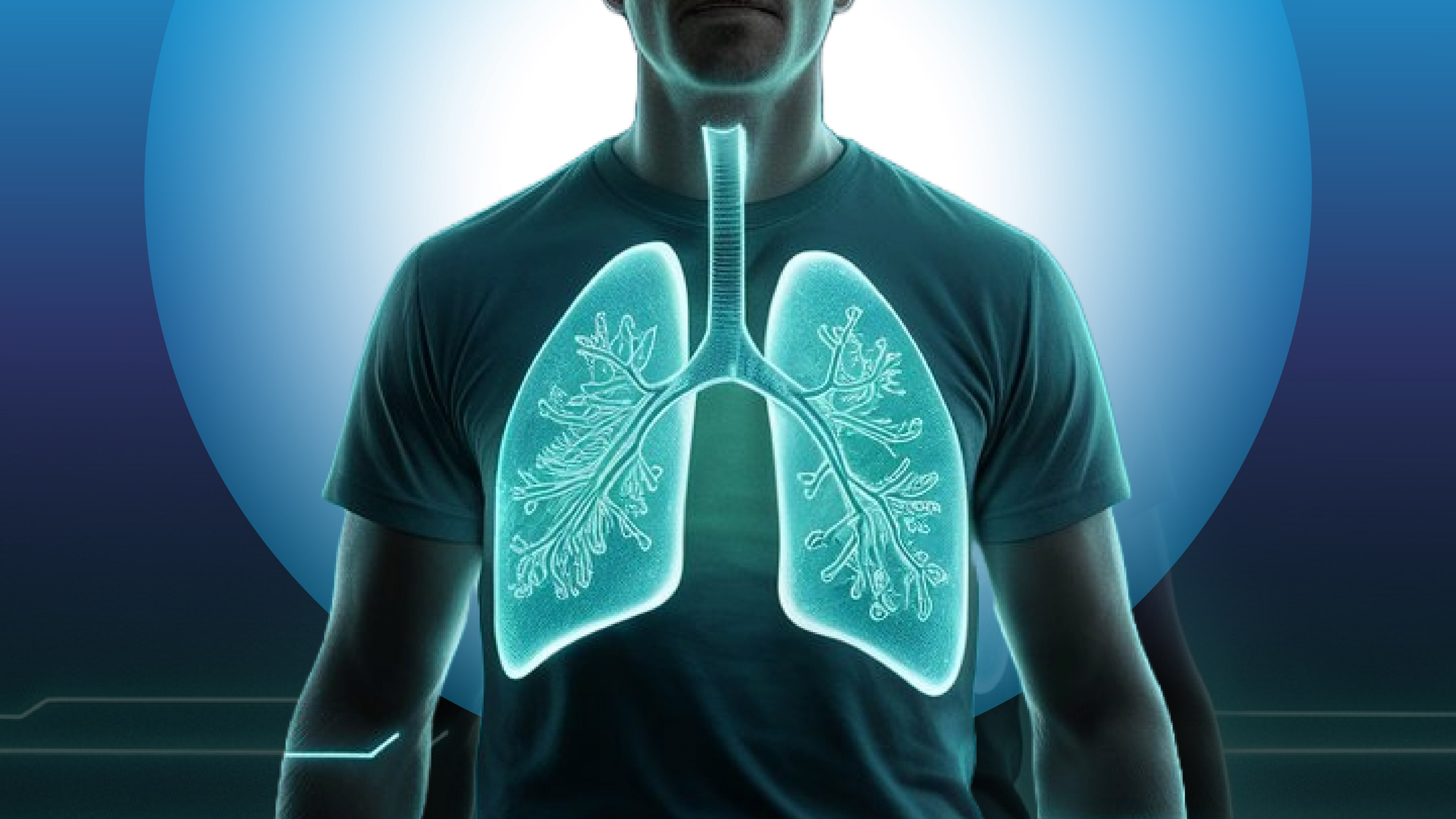Imagine having 2000 conversations with investors, company reps and ecosystem multipliers in just four days. At Barcelona’s Mobile World Congress, we didn’t have to imagine — we did it for real at our booth in a hall with a great theme: Four Years From Now (or #4YFN if you want to check it out on social media). The hall we were part of was dedicated to innovations that will become part of our daily life over the next four years. And where better to show off the work that the startups enrolled on our 5G Early Access Program have done around APIs?
Network application programming interfaces or “APIs” enable incredible innovations. For example, hologram phone calls (quite literally, where the caller appears to the person called as a 3D hologram) have to work smoothly, without jitter — small details like lip movements should look realistic from every angle. The higher throughput and low latency that Telekom’s APIs enable are helpful to MATSUKO teammates Mariana Kyrova and Stefania Puzderova, who showed off their product at MWC via XR glasses. “In January in Berlin, we achieved the first transatlantic holographic phone call,” said Stefania.
But Matsuko wasn’t the only innovative startup we brought with us. But MATSUKO wasn’t the only innovative startup we brought with us. Alongside them were AR metaverse application startup ARLOOPA, Volucap, who capture people and objects three-dimensionally, VIEWAR, who have created a no-code AR platform, CTHINGS.CO, who offer a 5G IoT solution, DriveU.auto who enable the safe remote operation of robots and automated vehicles, VROMBR, the first 5G remote reality racing mobile game, PHYTunes who deploy high frequency 5G inside of buildings and UBIRCH, who offer a non-transferrable NFT. Seven of these startups were enrolled on the program mentioned whereas two were invested in by our hubraum fund.
David Kercsmar from ViewAR stated that they had collected a solid amount of business cards - “and given out at least five times as many as we got. It’s crazy how many! We’re really happy with that.” For ViewAR, being able to present their solution, up close and personal to their clients, was a huge advantage, since they mention that some people found it easier to get in contact with and understand new technologies through live demos. “We met with even bigger companies than we thought we would. The booth was super busy, so we were happily surprised with the turnout, the sheer volume of people who were interested.”
Dor Tzabari from DriveU.auto told us “I think MWC has become the place to meet technology companies from all over Europe, so being here was a great opportunity. We were able to meet companies that otherwise, to be frank, we would not have been able to meet. We really wanted to thank hubraum for the opportunity to be here — not only was it really helpful for our portfolio, but also for business and investment opportunities.”
Talking to Mike McLaren from PhyTunes about his time at MWC was a challenge — by day three, he’d had so many conversations he lost his voice. “The show was great. It was non-stop,” he told us. “I got to do a lot of pitches, which you can tell from my voice, which is almost gone now.” He explained that he had a good number of meaningful follow-ups to do after his week in Barcelona.
Thomas Ebner from Volucap described how impressed he was at the quality of the people who approached him. “They were mostly people who are familiar with volumetric video and know where it can be used and have an idea about it.” Volucap, too, gathered some rather concrete leads to follow-up on.
By enrolling on our 5G Early Access Program, startups got access to Telekom’s APIs, in a deal that was win-win for everyone involved. “It’s a cycle,” explained Anna Piwowarczyk, program manager for the 5G Early Access Program at hubraum. “We develop APIs and test them. Startups give us feedback. We collect it and integrate their ideas into the product. Everything should be as easy as possible for the developers.” We also shared some of our learnings in our first Research Report, which you can check out yourself.
Meanwhile, head over here for some great impressions from our booth in Barcelona at day 4!




